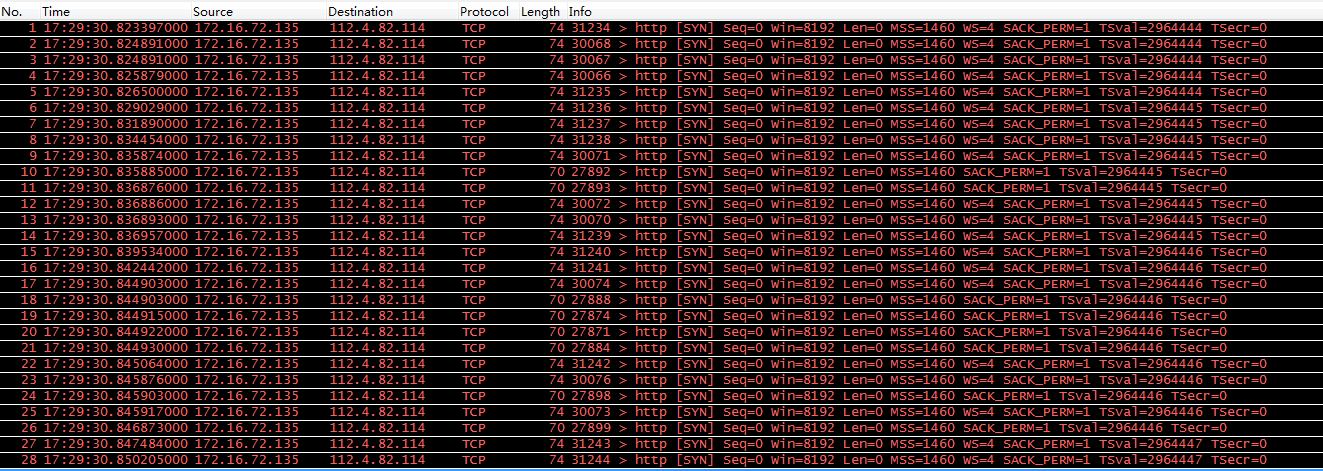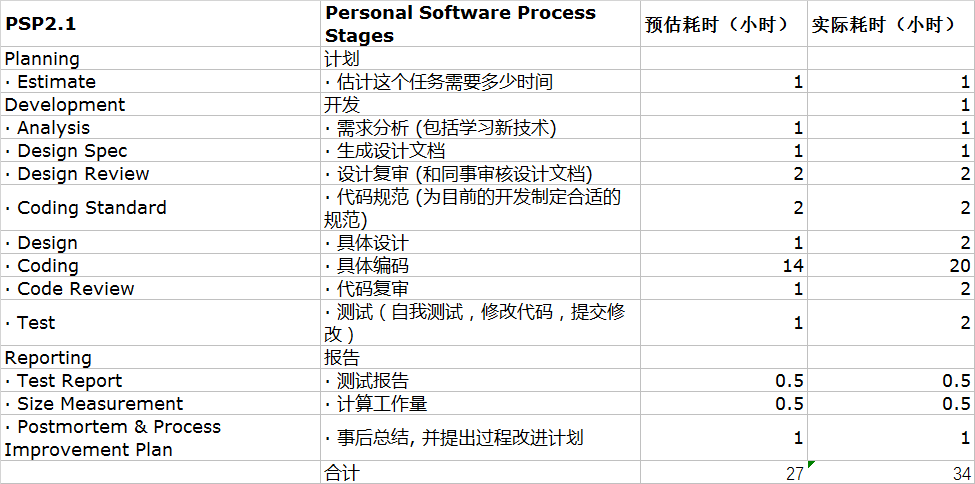1 自动化装配bean
Spring通过两个方面实现对bean的自动装配
1 ) 组件扫描(component scaning):Spring会自动发现Spring上下文中的bean
2 ) 自动装配(autowriting):Spring自动满足bean之间的依赖1.1 创建可被发现的bean
现在我们创建一个接口:
public interface CompactDisc {void play(); }
接着来一个实现类:
import org.springframework.stereotype.Component;/** * Created by cao zhiguo on 2017/9/1. */ @Component public class SgtPeppers implements CompactDisc {private String title="享受孤独的音乐";private String article="奏出和谐的篇章";@Overridepublic void play() {System.out.println(title+article);}
上述的@Component注解的含义是:声明该类是一个bean,此时Spring就有权利去管理这个对象,但是一般的情况下我们需要让Spring容器知道这个类是一个bean,光存在这个注解是不够的,因为Spring容器是发现不了这个注解的,此时可以开启注解的扫描模式,默认的情况下是关闭的。同样的有注解开启的方式和机遇XML的配置方式:比如我们正在CDPlayer这个类中开启这个自动注解的扫描;如下所示:因为我们要在这个类中使用SgtPeppers对象。
package cn.czg.springdemo02;import org.springframework.context.annotation.ComponentScan; import org.springframework.context.annotation.Configuration;/** * Created by cao zhiguo on 2017/9/1. */ @Configuration @ComponentScan public class CDPlayConfig { }
上述中@Configuration的注解的作用是配置;@ComponentScan的作用是开启注解扫描,默认是该对象同包下的所有的类或者子包下的所有的类
下面是基于XML的配置方式:
<?xml version="1.0" encoding="UTF-8"?> <beans xmlns="http://www.springframework.org/schema/beans"xmlns:xsi="http://www.w3.org/2001/XMLSchema-instance"xmlns:context="http://www.springframework.org/schema/context"xsi:schemaLocation="http://www.springframework.org/schema/beanshttp://www.springframework.org/schema/beans/spring-beans.xsdhttp://www.springframework.org/schema/contexthttp://www.springframework.org/schema/context/spring-context.xsd"><context:component-scan base-package="cn.czg.springdemo02"/> </beans>
我们可以做相应的测试
package cn.czg.springdemo02;import org.junit.Test; import org.junit.runner.RunWith; import org.springframework.beans.factory.annotation.Autowired; import org.springframework.test.context.ContextConfiguration; import org.springframework.test.context.junit4.SpringJUnit4ClassRunner;import static junit.framework.TestCase.assertNotNull;/** * Created by cao zhiguo on 2017/9/1. */ @RunWith(SpringJUnit4ClassRunner.class) @ContextConfiguration(classes = CDPlayConfig.class) public class CDPlayerTest {@Autowiredprivate CompactDisc cd;@Testpublic void test(){assertNotNull(cd);} }
上述中的测试:
1) 使用的是SpringJunit4测试
2) @ContextConfiguration(classes = CDPlayConfig.class)的作用是去类CDPlayerConfig中去加载配置,因为在CDPlayerConfig中包含了注解@ComponenScan注解。
3) 因此我们最后使用的是断言测试,测试bean中包含CompactDisc这个对象吗。显然是测试通过的,是由Spring自行装配这个bean的。所有添加注解@Component都是bean,而使用ComponentScan注解就可以开启扫描。目前为止我们用到的一些注解及其作用做个总结:
@Component org.springframework.stereotype.Component; 依赖Context包
@Configuration org.springframework.context.annotation.Configuration; 依赖Context包
@ComponentScan org.springframework.context.annotation.ComponentScan; 依赖Context包
@RunWith(SpringJUnit4ClassRunner.class) org.junit.runner.RunWith; 依赖JUnit包以及Spring test包
@ContextConfiguration(classes = CDPlayConfig.class)
org.springframework.test.context.junit4.SpringJUnit4ClassRunner; 依赖test包
@Autowired org.springframework.beans.factory.annotation.Autowired; 依赖bean包
@Test org.junit.Test; 依赖Junit测试
1.2 为组件扫描的bean命名
在使用XML配置bean的时候,我们一般用id来作为bean的唯一标识,但是使用注解也可以来实现:
package cn.czg.springdemo02;import org.springframework.stereotype.Component;/** * Created by cao zhiguo on 2017/9/1. */ @Component("loneiest") public class SgtPeppers implements CompactDisc {private String title="享受孤独的音乐";private String article="奏出和谐的篇章";@Overridepublic void play() {System.out.println(title+article);} }
在@Componenet(“xxx”)来为bean命名,作为唯一的标识,也可以使用Spring的依赖注入来完成.
package cn.czg.springdemo02;import javax.inject.Named;/** * Created by cao zhiguo on 2017/9/1. */ /*@Component("loneiest")*/ @Named("loneiest") public class SgtPeppers implements CompactDisc {private String title="享受孤独的音乐";private String article="奏出和谐的篇章";@Overridepublic void play() {System.out.println(title+article);} }
1.3 设置组件扫描的基础包
我们面临的问题是在上述的代码中,我们所有的类都在相同的包中进行的测试,因此@ComponentScan是没有任何属性的,但是如果我们要扫描不同的包该怎么实现呢?
比如说我要装配的bean在不同的包中,此时我们就要为这个注解添加属性了。
基础包:就是以配置类所在的包为基础包,比如上述的代码我们要配置CDPlayerConfig类,因此他所在的包就是base-Package.但是如果我们的bean不在这个基础包中就尴尬了。
我们的做法有下面的几种方式:
package cn.czg.springdemo02;import org.springframework.context.annotation.ComponentScan; import org.springframework.context.annotation.Configuration;/** * Created by cao zhiguo on 2017/9/1. */ @Configuration @ComponentScan("cn.czg.springdemo02") public class CDPlayConfig { }
还有一种方式:设置基础包。两种方式都是一样的
package cn.czg.springdemo02;import org.springframework.context.annotation.ComponentScan; import org.springframework.context.annotation.Configuration;/** * Created by cao zhiguo on 2017/9/1. */ @Configuration @ComponentScan(basePackages = "cn.czg.springdemo02") public class CDPlayConfig { }
大家可以看到,上述用到的是basePackages是复数的形式,因此可以以数组的形式扫描不同的包
package cn.czg.springdemo02;import org.springframework.context.annotation.ComponentScan; import org.springframework.context.annotation.Configuration;/** * Created by cao zhiguo on 2017/9/1. */ @Configuration @ComponentScan(basePackages = {"cn.czg.springdemo02","cn.czg.gosaint"}) public class CDPlayConfig { }
但是上述的做法还是不安全的,只能的IDE可能会提示你,但是不太智能的IDE应该不会提示你,因为你的基础包使用的是String类型的,因此什么类型都可以写,因此就有如下的做法,直接扫描具体的类。
package cn.czg.springdemo02;import org.springframework.context.annotation.ComponentScan; import org.springframework.context.annotation.Configuration;/** * Created by cao zhiguo on 2017/9/1. */ @Configuration /*@ComponentScan(basePackages = {"cn.czg.springdemo02","cn.czg.gosaint"})*/ @ComponentScan(basePackageClasses ={ CompactDisc.class,SgtPeppers.class}) public class CDPlayConfig { }
这样的做的更好的有点在于代码因重构,有可能包发生了变化,但是具体的类是没有改变的,我们的扫描依然是正确的。更加安全。
1.4 通过为bean添加注解实现自动装配
@Autowird的注解的使用
package cn.czg.springdemo02;import org.springframework.beans.factory.annotation.Autowired; import org.springframework.stereotype.Component;/*** Created by cao zhiguo on 2017/9/2.*/ @Component public class CDPlayer implements MediaPlayer {private CompactDisc sc;@Autowiredpublic CDPlayer(CompactDisc sc) {this.sc = sc;}public void play(){sc.play();} }
在这里CDPlay构造器在构建对象的过程中,同时把sc以参数传递进来,进行注入。这是通过该构造器进行实例化并且自动装配这个bean.
@Autowired注解不仅可以用在构造器上,还可以用在setter方法或者任何方法之上。也是表明这种注入的关系。让我们下面看一看这两种的用法。
package cn.czg.springdemo02;import org.springframework.beans.factory.annotation.Autowired; import org.springframework.stereotype.Component;/** * Created by cao zhiguo on 2017/9/2. */ @Component public class CDPlayer implements MediaPlayer {private CompactDisc sc;@Autowiredpublic CDPlayer(CompactDisc sc) {this.sc = sc;}/*** setter方法* @param sc*/@Autowiredpublic void setSc(CompactDisc sc) {this.sc = sc;}/*** 一般的额普通方法* @param sc*/@Autowiredprivate void insert(CompactDisc sc){this.sc=sc;}public void play(){sc.play();} }
关于下一节我们就来验证自动装配是否成立。














